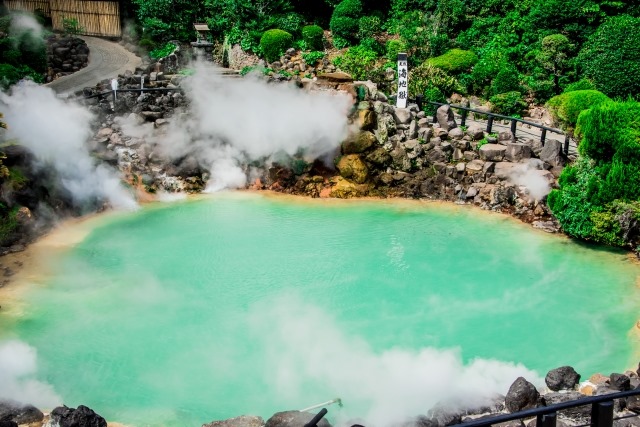Introducing Instagram-Worthy Photos of Oita Prefecture
Oita Prefecture is a renowned hot spring area in Japan, featuring Beppu Onsen and Yufuin Onsen. Especially in Beppu Onsen, the unique hot springs with varying landscapes and water qualities, known as the Beppu Hell Tour, are popular.
Oita Castle Ruins Park
Oita Castle was begun by Naotaka Fukuhara in 1597, and during the Edo period, the keep and other structures were completed by the feudal lord Shigetoshi Takenaka. Many buildings were demolished in the early Meiji period, and the main gate was destroyed in air raids during World War II. Today, the castle ruins have been developed into Oita Castle Ruins Park, known as a famous cherry blossom viewing spot. During cherry blossom season, around 50 cherry trees bloom within the park, attracting many visitors.
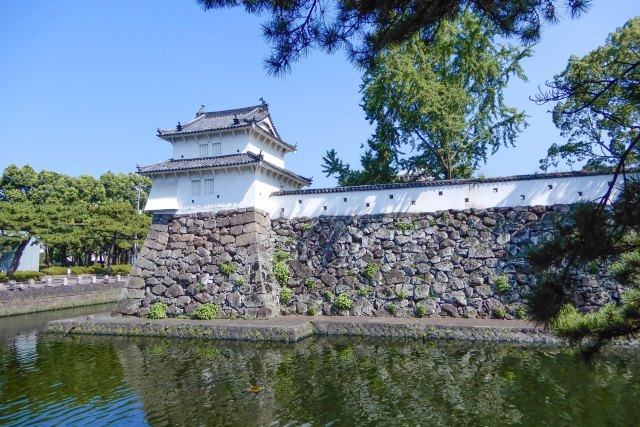
Instagram Worthiness:★★★★★
Photography Opportunity: All seasons
Location Information: ▶Map, Hours, Routes
Transportation Information: 5 minutes by bus from Oita Station
Nakatsu Castle
Nakatsu Castle was begun by Kuroda Kanbei in 1588. This castle, known as a water castle that draws seawater through its gates and whose water levels change with the tides, is one of Japan’s three major water castles, along with Takamatsu Castle and Imabari Castle. It is also called Ogi Castle due to its fan-shaped layout. The current Nakatsu Castle keep was rebuilt in 1964, but the original stone walls remain, holding historical value.
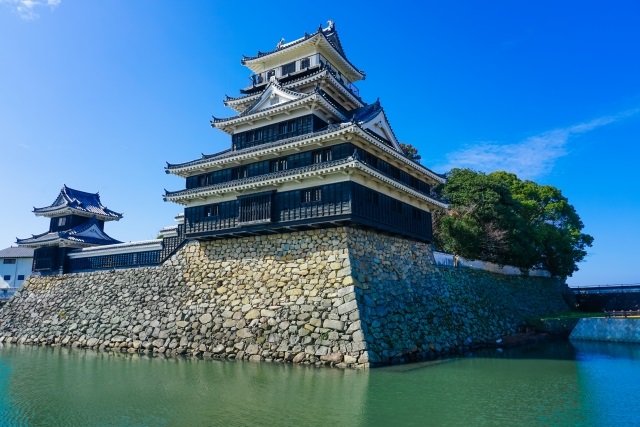
Instagram Worthiness:★★★★★
Photography Opportunity: All seasons
Location Information: ▶Map, Hours, Routes
Transportation Information: 15 minutes on foot from Nakatsu Station
Beppu Hell Tour
Beppu has long been a place where steam, hot mud, and boiling water erupt, creating a unique landscape known as “hells.” These phenomena have occurred for over a thousand years, making the area a once-avoided land that is now a popular tourist destination. The Beppu Hell Tour includes seven distinctive hot springs: “Umi Jigoku,” “Oniishibozu Jigoku,” “Kamado Jigoku,” “Oniyama Jigoku,” “Shiraike Jigoku,” “Chinoike Jigoku,” and “Tatsumaki Jigoku.” Each hot spring has unique characteristics, such as the natural cobalt blue of “Umi Jigoku” and the breeding of about 70 crocodiles in “Oniyama Jigoku.” All these hot springs can be visited with a common ticket.
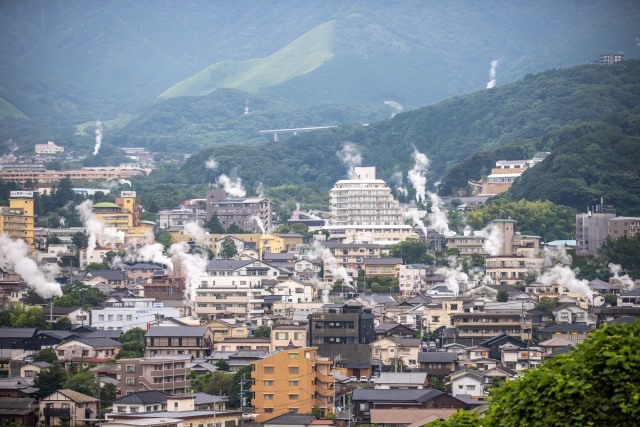
Instagram Worthiness:★★★★★
Photography Opportunity: All seasons
Location Information: ▶Map, Hours, Routes
Transportation Information: 22 minutes by bus from Beppu Station
Chinoike Jigoku
Chinoike Jigoku in Beppu Onsen is considered Japan’s oldest natural hot spring. The red hot mud, containing iron oxide and magnesium oxide from underground, gives the entire pool its distinctive red color. Covering an area of approximately 1300 square meters with a depth of over 30 meters and a temperature of about 78 degrees, it was originally called “Akaike” or “Red Pond” and later named “Chinoike Jigoku” based on Buddhist beliefs.
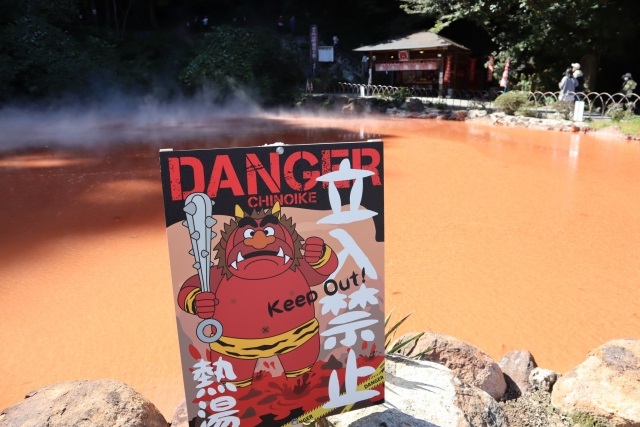
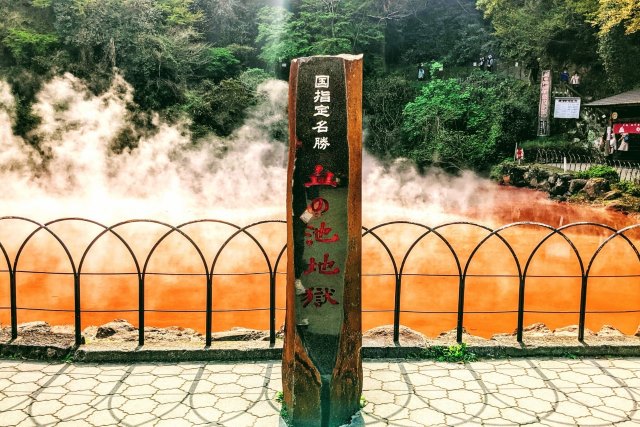
Instagram Worthiness:★★★★★
Photography Opportunity: All seasons
Location Information: ▶Map, Hours, Routes
Transportation Information: 34 minutes by bus from Beppu Station
Takegawara Onsen
Takegawara Onsen, opened in 1879, has been loved by locals for over 130 years. The current building, constructed in 1938, features a luxurious roof designed to resemble a castle and stands as a symbol of Beppu Onsen. The high-ceilinged lobby retains the atmosphere of the early Showa period, providing a relaxing space after a bath. The famous “sand bath,” where staff cover you with warm sand while you lie down in a yukata, is a must-try.
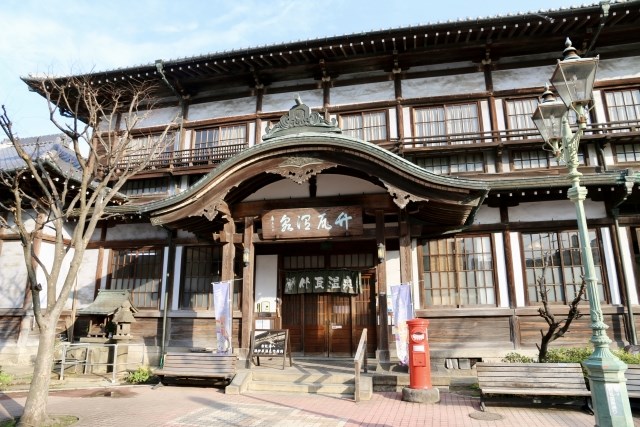
Instagram Worthiness:★★★★★
Photography Opportunity: All seasons
Location Information: ▶Map, Hours, Routes
Transportation Information:10 minutes on foot from Beppu Station
Usa Jingu Shrine
Usa Jingu Shrine is the main shrine of over 40,000 Hachiman shrines across Japan. Established in 725, the main hall, built in the late Edo period, features the Hachiman-zukuri style with a thatched roof and red-painted pillars on white walls. The deity enshrined, Hachiman Okami, is a deified form of Emperor Ojin, the oldest recorded Japanese emperor. Usa Jingu is believed to bring benefits such as traffic safety, safe childbirth, and academic success, attracting about 1.5 million visitors annually, with around 400,000 during the first three days of the New Year.
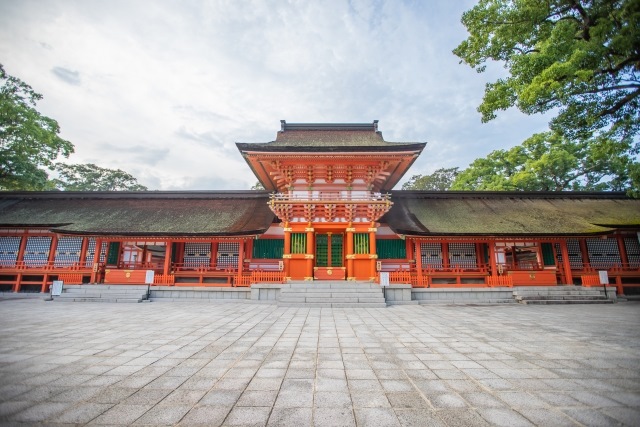
Instagram Worthiness:★★★★★
Photography Opportunity: All seasons
Location Information: ▶Map, Hours, Routes
Transportation Information: 7 minutes by bus from Usa Station, 14 minutes on foot
Yufuin Onsen
Mount Yufu, standing about 1584 meters high, is a lava dome known as Bungo Fuji and is mentioned in Japan’s oldest poetry collection, the Manyoshu. The Yufuin Basin, surrounded by beautiful rural landscapes, is especially known for its enchanting morning mists from early autumn to winter. The lake Kinrinko, with its mix of hot spring water and fresh water, offers stunning misty views in the early morning from autumn to winter. The lake area is perfect for a morning stroll or relaxing at cafes and is also famous for its autumn foliage.
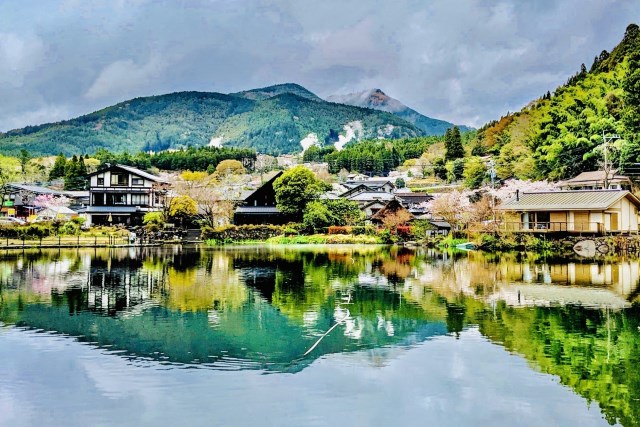
Instagram Worthiness:★★★★★
Photography Opportunity: All seasons
Location Information: ▶Map, Hours, Routes
Transportation Information: 1 minute on foot from Yufuin Station
Jion Falls
Jion Falls is a two-tiered waterfall with a total drop of about 30 meters, 20 meters for the upper tier and 10 meters for the lower tier. Known as “Urami Falls” for its view from behind, the falls are especially beautiful when illuminated at night, presenting a different charm from daytime. According to legend, a traveling monk once cured a giant snake in this area. Walking clockwise around the falls is said to bring good luck.
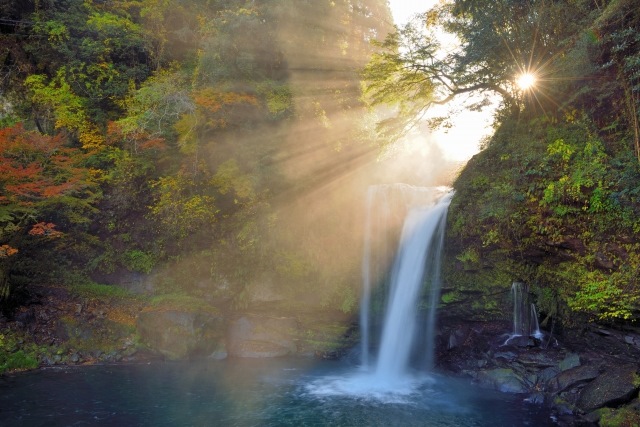
Instagram Worthiness:★★★★★
Photography Opportunity: All seasons
Location Information: ▶Map, Hours, Routes
Transportation Information: 12 minutes on foot from Sugikawachi Station
